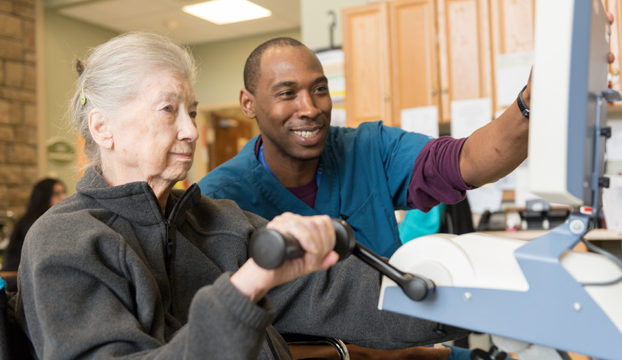Investigating the Varied Techniques of Physical Therapy for Improved Recovery and Rehabilitation
Physiological rehabilitation is an essential discipline that helps people heal from traumas, operations, and various health issues. It entails a range of techniques aimed to enhance movement, alleviate discomfort, and enhance overall bodily capability. Physiotherapy therapists are trained experts who evaluate each patient’s needs and develop customized treatment strategies. These programs often consist of exercises, manual treatment, and instruction about body movements. By employing these diverse approaches, physiotherapy can significantly enhance a patient’s quality of life.One frequent technique used in physical is rehabilitative exercise. This involves targeted movements and activities that assist strengthen muscles, enhance flexibility, and increase stamina. For example, a client rehabilitating from knee operation may perform workouts that concentrate on rebuilding power in the lower limb muscle groups. These exercises are meticulously selected based on the patient’s status and goals. By gradually boosting the intensity and challenges of the exercises, physical practitioners can help clients regain their strength and mobility over time.

Another crucial method is manual treatment, which includes physical methods to adjust the body’s tender muscles and joints. This can entail stretching, joint movement, and manipulation. Hands-on treatment aims to alleviate pain, minimize swelling, and enhance circulation. For example, a therapist may apply gentle force to ease stress in tight muscle groups or to help a articulation move more smoothly. This technique is often combined with other therapies to enhance rehabilitation and promote recovery. check that Patients often consider manual treatment to be a relaxing and beneficial way to manage their pain.
In addition to workouts and manual therapy, instruction plays a crucial part in physical. Practitioners teach clients about their conditions and how to handle them effectively. This may entail guidance on correct posture, physical mechanics, and strategies to avoid subsequent traumas. For example, a practitioner might show a client how to lift weighty objects safely to prevent straining their spine. By empowering clients with knowledge, physical practitioners help them assume an active role in their rehabilitation and encourage sustained health and fitness.
Finally, technological advancements is increasingly being incorporated into physical methods. Devices such as ultrasound, electrical stimulation, and immersive reality can enhance conventional treatment approaches. These tools can help alleviate pain, promote recovery, and provide interactive methods for patients to engage in their rehabilitation. For example, immersive reality can create immersive environments for patients to rehearse movements in a controlled plus secure environment. As advancements continues to evolve, it provides promising opportunities for enhancing rehabilitation outcomes in physiotherapy.
In summary, physiotherapy includes a range of methods that work in unison to support rehabilitation and rehabilitation. Through therapeutic activities, manual treatment, patient education, and the application of technological tools, physical practitioners provide holistic care customized to each patient’s requirements. This comprehensive approach not only assists patients regain their physical capabilities but also enables them to sustain their health in the long future. As an increasing number of individuals acknowledge the benefits of physical, it remains to play a vital part in the pathway toward improved health and fitness.